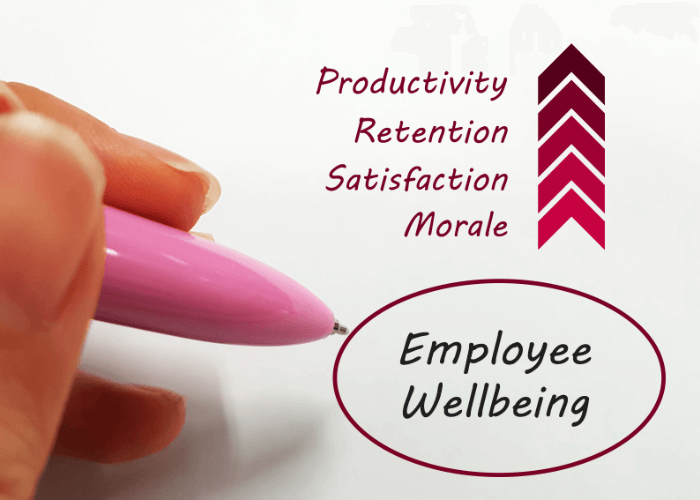Women Work-life Balance and Career Challenges
Ah, the age-old quest for the perfect women work-life balance. It’s like trying to juggle flaming torches while riding a unicycle, isn’t it? Just when you think you’ve got it all figured out, along comes another curveball—tight deadlines, demanding projects, or maybe a new role that feels like a beast to tame. But hey, don’t sweat it! You’re not alone in this high-wire act. In this deep dive, we’re gonna unpack some nifty tricks and strategies to help you balance those scales, conquer those pesky career challenges, and maybe, just find a bit of peace amidst the chaos. Ready to get your zen on? Let’s roll!
Work-life balance has thus come up as a critical issue in this fast pace of modern living, especially for the female group. Some of the career challenges unique to women and how they greatly impact mental health need to be given special emphasis in these International Women’s Day moments. In this very article, we are discussing the balancing act between self-fulfilling professional aspirations and satisfying personal responsibilities; yet, fighting against workplace inequalities.
The Dual Burden: Home Responsibilities and Professional Aspirations
For most women, that is not where the day ends. It is just a commencement point for what sociologists have called the second shift: household responsibilities waiting at home.
Thus, working both at the level of the career and being the chief home caregiver subjects the woman to lots of pressures that many times land them into states of stress, anxiety, and even burnouts. Trying to balance a heavy workload with parent-teacher evening can often mean that there is little time left to juggle everything. Little time left over for oneself could exacerbate mental health struggles.

Workplace Inequities and Gender Bias
The corporate ladder presents its own set of challenges, accentuated by gender bias and structural inequities. Despite advancements, women continue to face a wage gap, limited representation in leadership roles, and, at times, a less supportive workplace culture. Such unequal circumstances do not allow for professional growth but rather bring on stress, low self-esteem, and feelings of inadequacy. Secondly, forced choices between career progression and family life are occasioned by inadequate maternity policies and lack of childcare support at the workplace, with a consequent impact on mental health.
The Imposter Syndrome Phenomenon Among Women
A classic case of “imposter syndrome,” the strong feeling that one doesn’t match up to the competence others perceive, disproportionately plagues women in the workplace. And, if all goes to work until the psychological pattern could lead to excess stress, increased anxiety, and finally, reluctancy to go on new opportunities or even to demand their fair compensation. Authors highlight that the fear of being ‘exposed’ as a fraud, despite the several achievements in their track records, speaks to the need for environments that enhance the professional confidence of women.
Strategies for Achieving Better Work-life Balance
This shall also imply that women will have to adopt a clear boundary of work and private time, develop a capability to set priorities, and continue to show self-compassion. Employers are expected to help with this by providing flexible work schedules, creating work-life integration policies, and cultivating a diverse and inclusive workplace culture that prioritises mental health. Corporate Social Responsibility (CSR) is basically the company’s commitment to practices favorable for society and the environment.
Success Stories: Overcoming Challenges
Most of the inspiration really is from the countless women who have navigated these turbulent waters with great success. Whether it’s implementing groundbreaking work-life balance strategies for executive talent or building a cohesive network of female entrepreneurs, these are the stories that inspire hope and provide invaluable practical lessons. We share these stories not just because we want to celebrate them, but because we’re also paving the way for others who may be facing similar challenges.
Women work-life Balance Conclusion
The relationship of mental health with women is complex; it is profoundly influenced by the quest for the women work-life balance and the working out of career problems. The International Women’s Day would be an occasion to demand from the authorities policy changes, support mechanisms, and changes in culture that would recognize and address these issues. Let us, together, support them in every manner possible so that the upcoming lot burgeons with success and remains in mental peace.















